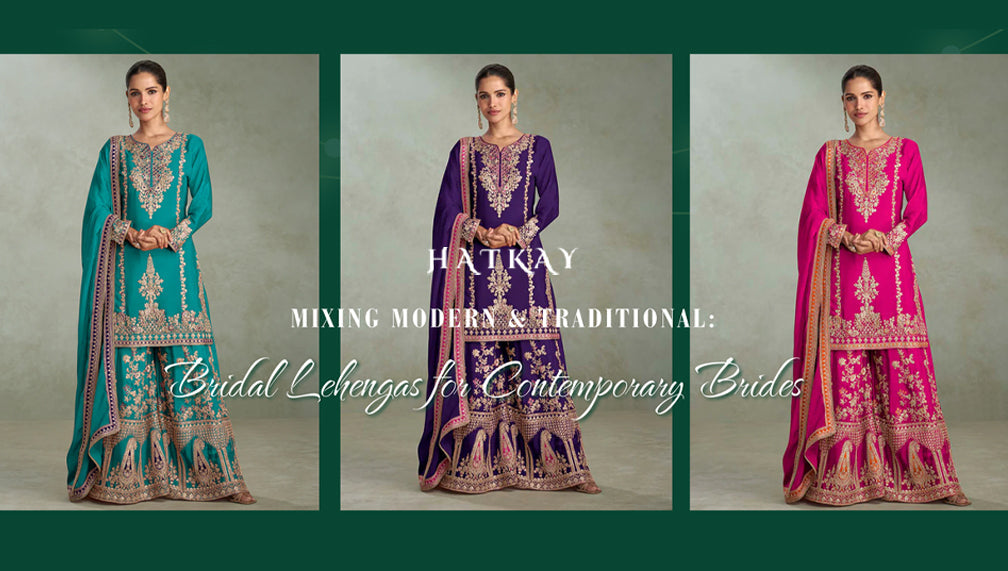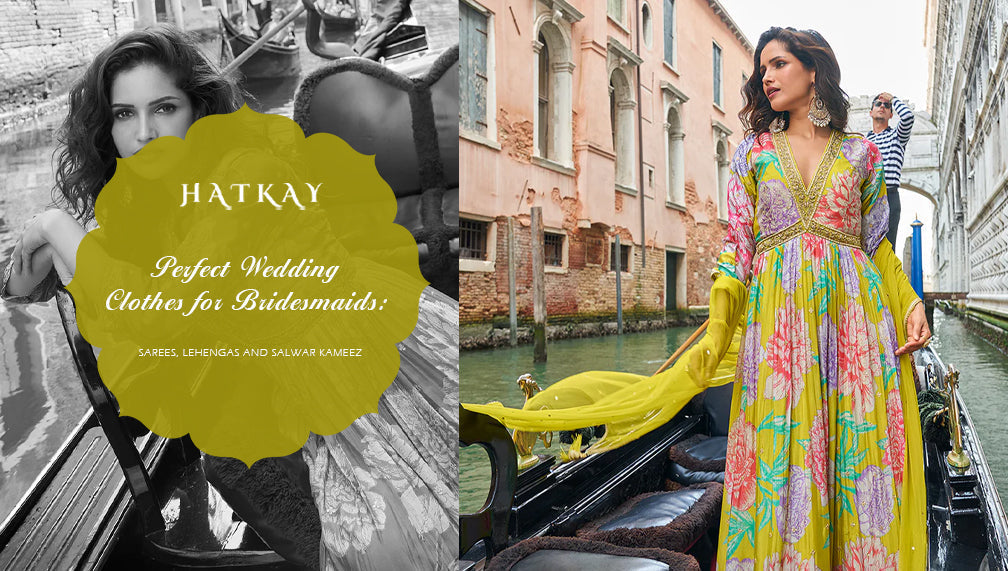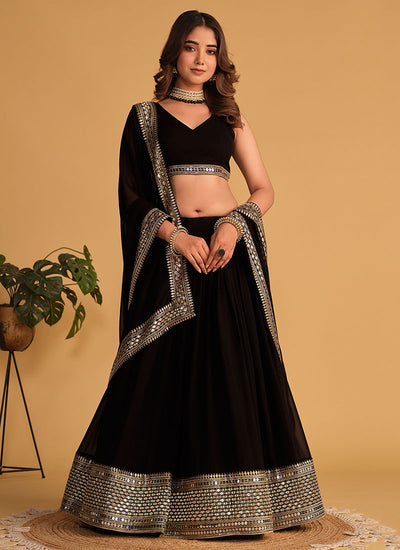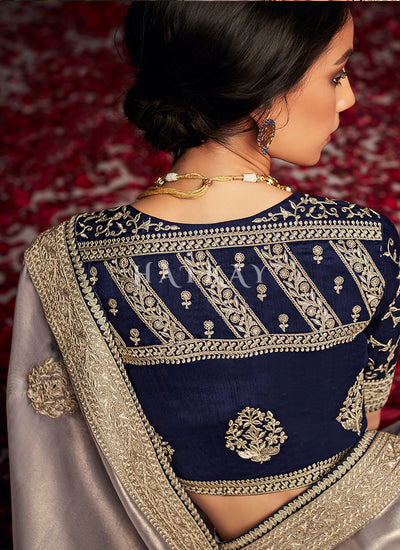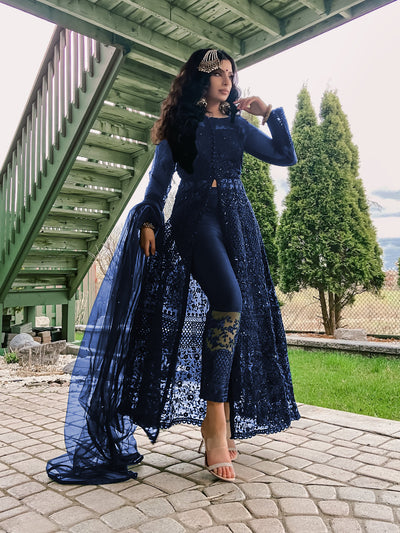Why is Saree So Attractive? Exploring the Charm of India's Iconic Garment
The saree, a traditional Indian garment, has been a symbol of grace, beauty, and cultural pride for centuries. Its allure is not confined to the Indian subcontinent; it captivates the global fashion scene with its elegance and versatility. This article delves into the reasons behind the saree's timeless attractiveness, exploring its cultural significance, versatility, and the way it complements the wearer's grace.
The Historical and Cultural Significance
- A Rich History: The saree's roots can be traced back to ancient Indian civilization, making it one of the oldest known forms of apparel in human history. This long-standing tradition adds a depth of cultural significance and heritage to the saree that few other garments can claim.
- Cultural Diversity: India’s diverse regions each have their unique style of saree, which reflects the cultural, climatic, and artistic differences across the country. From the Banarasi sarees of North India to the Kanjeevarams of the South, each type tells a story of its own, contributing to the saree’s allure.
The Versatility of the Saree
- One Size Fits All: Unlike many western garments, the saree does not discriminate based on body type. Its versatility makes it a flattering choice for women of all shapes and sizes, emphasizing grace and femininity.
- Infinite Draping Styles: The saree offers endless possibilities in the way it can be draped. Each style brings a different aspect of the wearer's personality to the forefront, making it suitable for various occasions, from everyday wear to grand weddings.
The Artistry in Design and Fabric
- A Canvas for Craftsmanship: Each saree is a masterpiece of craftsmanship. Whether it is hand-painted, embroidered, or woven, the artistry involved in saree-making is a testament to the skill and creativity of Indian weavers and artisans.
- Diverse Materials: Sarees come in a myriad of fabrics like silk, cotton, chiffon, and more, each giving a different feel and aesthetic. This variety ensures that there is a saree for every preference and occasion.
The Symbolism and Sentimental Value
- An Emblem of Femininity: For many, the saree is more than just a garment. It's a symbol of femininity, strength, and empowerment. It gracefully encapsulates the essence of womanhood.
- Generational Heritage: Often passed down from generation to generation, sarees hold sentimental value. They are not just pieces of clothing but carriers of family history and stories.
The Influence on Modern Fashion
- Global Appeal: The saree has transcended its traditional roots, influencing modern fashion designers worldwide. Its adaptability has led to fusion styles that blend Western and Indian fashion elements.
- Celebrity Endorsement: Many celebrities, both in India and internationally, have been seen gracing red carpets and events in sarees, adding to its glamour and global appeal.
The saree is much more than a mere piece of fabric; it's a cultural icon. Its attractiveness lies in its simplicity, versatility, and the elegance it bestows upon the wearer. In a world where fashion trends come and go, the saree stands timeless, continuing to enchant with its unique blend of tradition, artistry, and beauty. Whether draped traditionally or styled in a contemporary fashion, the saree remains an emblem of elegance, making it perpetually attractive.
You can buy popular Indian clothes for women: Salwar Kameez, Anarkali Suits, Lehenga Choli, etc. at Hatkay.com

























































